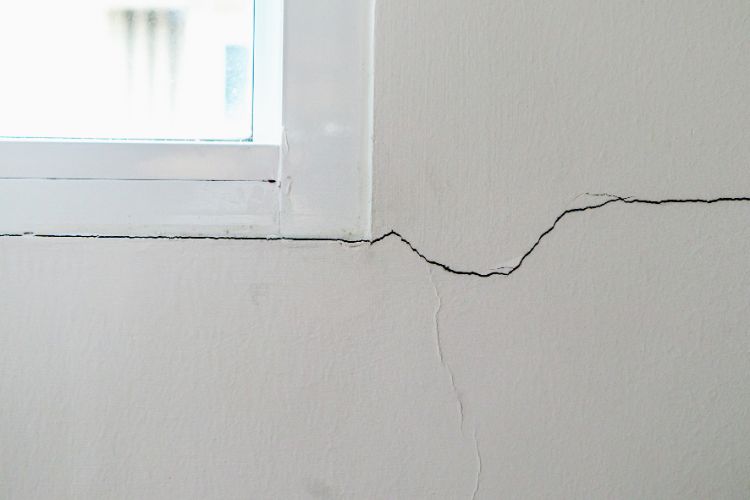Cracked foundations are a common yet serious issue faced by homeowners, often signaling underlying structural problems that can lead to significant repair costs and safety concerns. Whether stemming from natural settling, excessive moisture, or environmental changes, a compromised foundation can affect not only the integrity of the home but also the well-being of its occupants. Understanding the causes and signs of foundation cracks is essential for early detection and effective remediation.
This article delves into the various types of foundation cracks, the potential risks they pose to your property, and the methods available for assessment and repair. By educating homeowners about the importance of foundation maintenance, we aim to empower you to take proactive steps in safeguarding your investment and ensuring a stable, secure living environment.
Types of Foundation Cracks
Foundation cracks can be classified into several types, each indicating different underlying issues. Vertical cracks are often the result of shrinkage during the curing process or minor settling of the building, generally posing less risk. In contrast, horizontal cracks are more concerning, as they may signal that soil pressure is pushing against the foundation walls, suggesting a need for immediate attention. Diagonal cracks could indicate uneven settling or expanding soil. Being aware of these types can help homeowners assess the urgency of repair needs and determine whether professional assessment is necessary. If you encounter significant structural issues, it is advisable to consult experts, such as those found in our guide on Who To Call When You Have A Cracked Foundation?.

Signs of Foundation Issues
In addition to visible cracks, several other signs may indicate foundational problems. Homeowners should be vigilant about changes in their flooring, such as buckling or uneven surfaces, and check windows and doors for difficulty opening or closing. Gaps around fixtures or baseboards can also signal movement in the foundation. Early detection is crucial in addressing these issues before they escalate into more severe, costly repairs. Regular inspections, especially after heavy rain or significant weather changes, can help maintain your home’s structural integrity and ensure peace of mind.
In conclusion, addressing cracked foundations is not merely a matter of aesthetics; it is a crucial aspect of home maintenance that directly impacts safety and property value. Homeowners should remain vigilant for signs of foundation distress and understand the importance of prompt intervention to mitigate potential damage. Whether it involves monitoring for new cracks, assessing changes in structural elements, or seeking professional help for evaluation and repair, proactive efforts can save significant expenses and prevent further complications down the line. By prioritizing foundation health, you not only protect your investment but also cultivate a secure and stable environment for you and your family.



